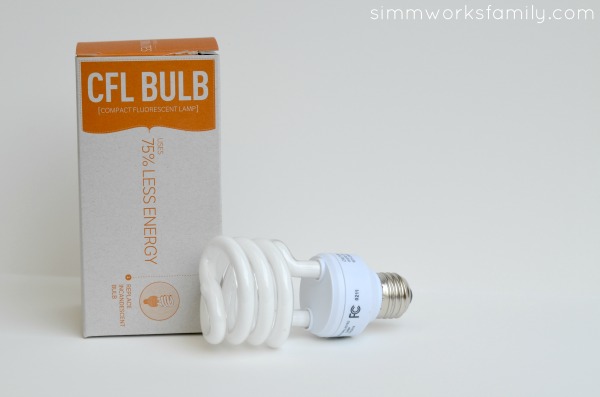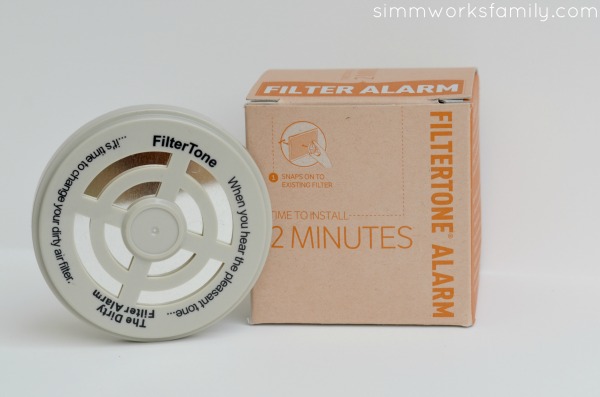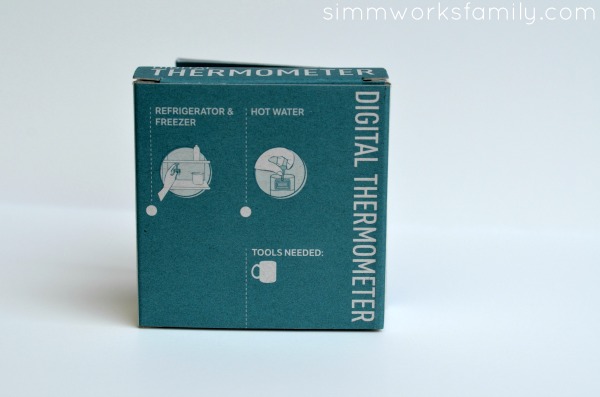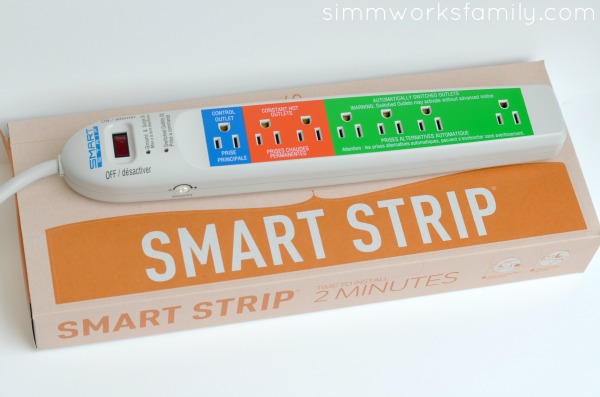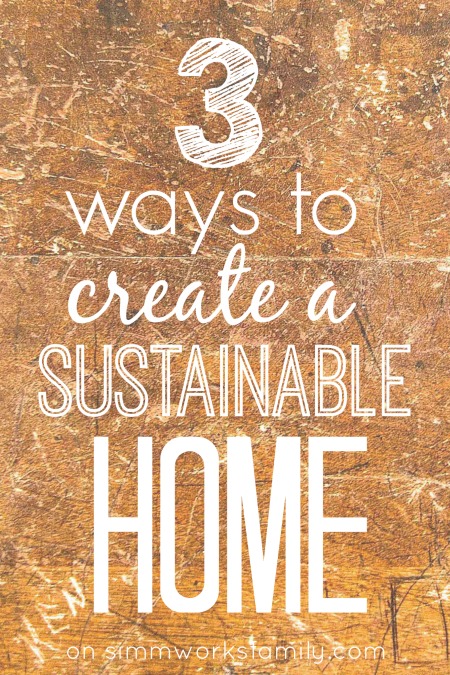The reviewer has been compensated in the form of a Best Buy Gift Card and/or received the product/service at a reduced price or for free. This post contains affiliate links.
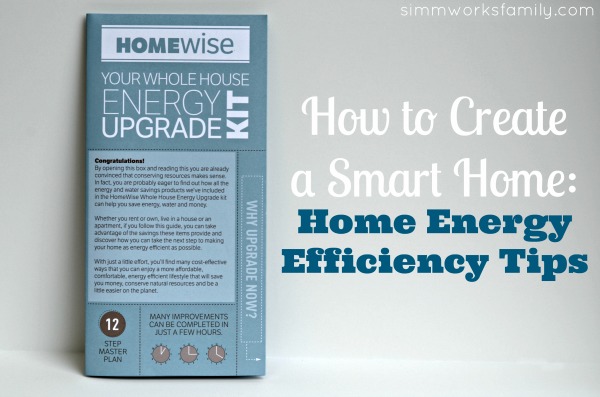
One bill I hate to see every month is our electric bill. Not only can the amount fluctuate from month to month but I feel as if now that I’m working from home I am the sole cause of the increases to our bill. But after doing my research I feel confident in applying these home energy efficiency tips in our home to help lower our electric bill.
And this couldn’t be a better time to start thinking about energy efficiency in our homes. Especially since our cost of electricity is expected to rise greatly come Winter.
If you’re concerned about high electric bills and want to do something to make your home more energy efficient (as well as save on your monthly bill!) consider making a few simple DIY changes around the home to help conserve your electrical usage.
Home Energy Efficiency Tips
1. Close up the air gaps!
Talk a walk around your house and inspect the outer perimeter of your home to find where air can get in. Using weather stripping around doors and windows, eliminate air from getting in and out.
2. Replace your light bulbs
By replacing your light bulbs to CFLs or LEDs you can save up to 75% in lighting cost. An added bonus? They last longer too!
3. Look at your HVAC system
Your HVAC system consists of the heating/cooling equipment, the thermostat, the pipes, the filters, and the duct work found in a central forced air system. Inspect your HVAC system to make sure it’s been properly maintained. If you aren’t sure when the last time it was checked is consider contacting a certified HVAC contractor to do an inspection.
If you don’t already have a programmable thermostat I suggest picking up a Home Nest Smart Thermostat. This is the new 3rd generation version, which is thinner, sleeker in design, and allows for a bigger, crisper display than the prior 2nd generation version.
Not only can you set where the temperature should stay throughout the day and night but you can save money by having your system run only when you want it to. We like to keep our air off until it reaches 78 in the house in the summer. We normally keep the house between 75 and 78 degrees when we’re home. And the heater doesn’t kick on until it’s 65 degrees in the house. But usually the temperature is between 65-70 depending on who’s home. With the Nest there is no need to set preferences – within a week, the Nest learning thermostat starts programming itself. It learns your habits and adjusts automatically, regulating your home’s temperature based on your schedule – which can save you energy and money.
When used with the new Netgear exclusive router (on store shelves 11/4) you’ll be able to increase or decrease the temperature whenever you need to, even if you’re upstairs! This is a brand new router that was exclusively developed between Netgear, an industry leader in the networking world, and Best Buy, to help provide consumers with an easy, all-in-one solution to support their home’s connected devices.
Best Buy makes it easy with this new high performance Wi-Fi router, which includes a Wi-Fi extender and Geek Squad Set Up and Support via phone & web, for one full year. The Geek Squad service via phone & web allows customers to call or get help 24/7 whenever they want, vs. the need to schedule an appointment. Plus they’re always so friendly and helpful when you do connect with them!
4. Check your appliances
Appliances make up about 17% of the average home’s energy usage. Refrigerators, clothes washers and dryers are at the top of that list. Make sure that your fridge temperature is set between 38-40 degrees F and your freezer is set to 0 degrees F. Use a digital thermometer to check the temperature.
If you have appliances older than 10 years you should consider investing in a newer, more energy efficient model.
5. Test your hot water
Heating water for bathing, washing clothes, and dishes accounts for as much as 15-30% of your household energy use. And the temperature setting of the hot water heater determines the energy used to heat your water. Make sure to check your hot water temperature with a digital thermometer. The temperature should be between 120 and 130 degrees F.
Don’t forget the insulation! Hot water heaters also need to be insulated. If the shell of the heater feels warm to the touch then it should be wrapped in an insulating blanket.
If your hot water heater is 15 years old it might be time to replace it. Look for replacement tanks that have an energy factor of over .62 for gas and .93 for electric. Gas-heated tankless water heaters save about 320% on your yearly energy usage.
6. Turn off your lights and computer
By simply turning off your lights when not in use, or installing timers to turn them off for you, you can save a lot on your utility bill!
Consider solar lights for the outside of your home or in your garden. Not only will they not be using electricity but you can still feel safe knowing the lights are on outside. We love our solar powered motion censored light out in our front and back yards.
Take a walk around the house and make note of the equipment that is plugged in but not being used. Consider unplugging these devices or investing in a smart strip. Smart strips are easy and convenient to use and will shut off the power to devices that are plugged into it but not in use. You can reduce your energy output by 21$ with just one smart strip installed!
Incentives from your local utility, plus federal tax credits and other options, can save you thousands of dollars on your Energy Upgrade. It takes a little bit of research and some work but you, too, can reap the rewards of having an energy efficient home and feel good about saving money and conserving energy.
If you decide to do a whole house energy upgrade it’s best to start with a professional home audit. Your local utility company can provide you with a list of auditors and may even cover all or some of the cost!

